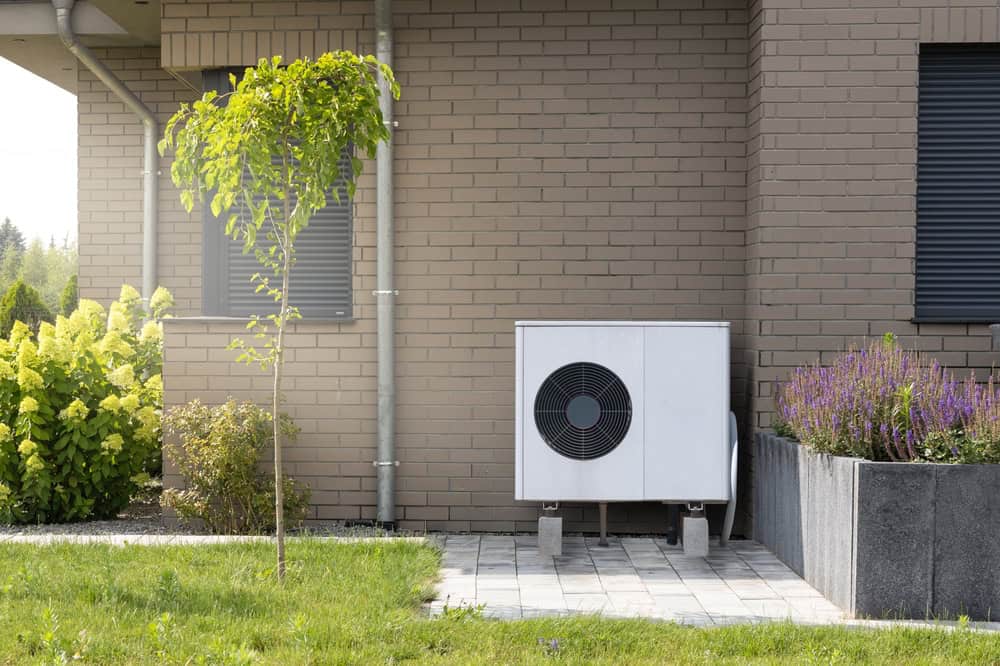Is your AC ready for the heat of a San Mateo summer? Discover essential maintenance tips to keep your unit efficient and reliable.

Your AC system’s air filter serves as the primary defense against dust, pollen, pet dander, and outdoor particles that naturally accumulate in San Mateo County homes throughout spring months. During pre-summer preparation, inspect your current filter by holding it up to a light source—if you cannot see light passing through clearly, replacement is immediately necessary. Clogged filters restrict airflow by up to 50%, forcing your system’s blower motor to work harder and consume 15-25% more electricity while delivering weaker cooling performance. Replace standard pleated filters with MERV 8-rated options that capture particles down to 3 microns while maintaining optimal airflow for residential systems. Beyond filter replacement, examine all return air vents throughout your home for dust buildup or obstructions like furniture or drapes that block air circulation. Clean return vents using a vacuum with brush attachment, removing accumulated dust that otherwise gets pulled into your system and reduces indoor air quality. Check your outdoor unit’s immediate surroundings, clearing vegetation, leaves, and debris within a three-foot radius to maintain proper airflow across the condenser coils. San Mateo County’s coastal location means salt-laden air and marine layer moisture create unique cleaning challenges that require attention to prevent corrosion and reduced heat transfer efficiency.
Examine accessible ductwork in your home’s crawl space, attic, or basement areas for visible gaps, disconnected joints, or damaged insulation that allows conditioned air to escape before reaching living spaces. Leaky ducts waste 20-30% of your system’s cooling capacity and force longer run times that increase wear on mechanical components. Use aluminum foil tape or duct mastic sealant to repair small gaps and loose connections, avoiding standard cloth duct tape, which degrades quickly in temperature fluctuations.
Examine accessible ductwork in your home’s crawl space, attic, or basement areas for visible gaps, disconnected joints, or damaged insulation that allows conditioned air to escape before reaching living spaces. Leaky ducts waste 20-30% of your system’s cooling capacity and force longer run times that increase wear on mechanical components. Use aluminum foil tape or duct mastic sealant to repair small gaps and loose connections, avoiding standard cloth duct tape, which degrades quickly in temperature fluctuations.
Get a Free Quote!
Connect with a Eco Air Cooling and Heating expert for fast, friendly support.
Professional HVAC maintenance goes far beyond basic filter changes and visual inspections, involving sophisticated testing equipment and specialized knowledge to identify problems before they cause system failures. Trained technicians use digital manifold gauges to measure refrigerant pressures throughout your system, detecting leaks or charge imbalances that reduce cooling capacity and damage expensive compressor components. Electrical testing with multimeters verifies proper voltage and amperage at capacitors, contactors, and motors, identifying components approaching failure that could leave you without cooling during peak demand periods. Condenser and evaporator coil cleaning removes accumulated dirt and debris using specialized detergents and pressure washing techniques that restore heat transfer efficiency to factory specifications. Technicians also inspect and lubricate blower motor bearings, check belt tension and alignment, calibrate safety controls, and test system cycling to verify proper operation under various load conditions. In San Mateo County’s coastal environment, professional maintenance includes corrosion assessment of copper refrigerant lines and electrical connections where salt air accelerates deterioration. This thorough approach typically takes 90-120 minutes and identifies 90% of potential problems before they cause uncomfortable breakdowns or expensive emergency repairs during summer’s hottest days.
Professional technicians use electronic leak detectors and UV dye injection to locate microscopic refrigerant leaks in your system’s copper tubing, coil connections, and valve assemblies. Low refrigerant levels reduce cooling capacity while forcing your compressor to operate outside design parameters, potentially causing permanent damage to this $1,500-$2,500 component. Proper refrigerant charging requires precise measurement and specialized equipment to achieve manufacturer specifications for optimal performance and efficiency.
Loose electrical connections create resistance that generates heat, leading to component failure and potential fire hazards. Professional inspection includes tightening all electrical terminals, testing capacitor performance with specialized meters, and verifying proper grounding throughout the system. Faulty electrical components account for 35% of AC system failures during peak summer operation, making this inspection particularly valuable for preventing unexpected breakdowns.
Preparing your AC system for San Mateo County’s summer heat requires both diligent homeowner maintenance and professional technical expertise to address complex system components and potential problems. The investment in pre-summer maintenance typically costs $150-$250 but prevents emergency repairs averaging $400-$800 while improving system efficiency by 15-20% throughout the cooling season. Your comfort, energy savings, and system longevity depend on this proactive approach to AC care. Contact Eco Air Home Services LLC today to schedule your pre-summer system inspection and enjoy reliable cooling when you need it most.
Summary:
Article details:
Share: